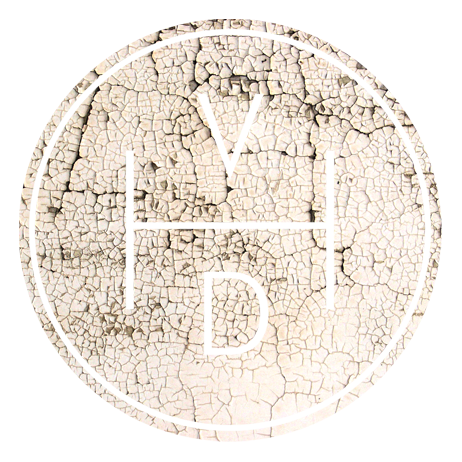Photo by Commander James F. Calvert from National Geographic
On March 17th 1959, the USS Skate reached the North Pole. The American submarine broke through the pack ice into the arctic dusk. A storm was blowing as 2 dozen men gathered, by torchlight, and scattered the mortal remains of the legendary Australian explorer Sir George Hubert Wilkins. Commander James F. Calvert read the traditional Episcal for a burial at sea as a rifle squad fired three volleys and raised the Australian flag.
I first heard of this story many years ago when I read "Icemen", a history of arctic and antarctic exploration. The vivid imagery that this story conjured stuck firmly in my head and in the July 1959 issue of National Geographic Magazine, I found the photograph I'd been searching for since reading about this great Australian.
Wilkins, although little heard of compared to his contemporaries, was one of the most successful explorers to ever live. He saw more virgin land than anyone else in history; he was a polar explorer, ornithologist, pilot, soldier, geographer and photographer. A pioneer of aviation he was the first to pass over the North Pole in an aeroplane and to fly a plane the Antarctic. He was also the first to envision and to undertake a submarine journey under the Arctic ice.
Although he never completed his submarine journey to the floating pole, more than 20 years on Wilkins' widow passed on a copper urn to the crew of the USS Skate who would take the journey he envisioned and scatter his remains at the North Pole.

